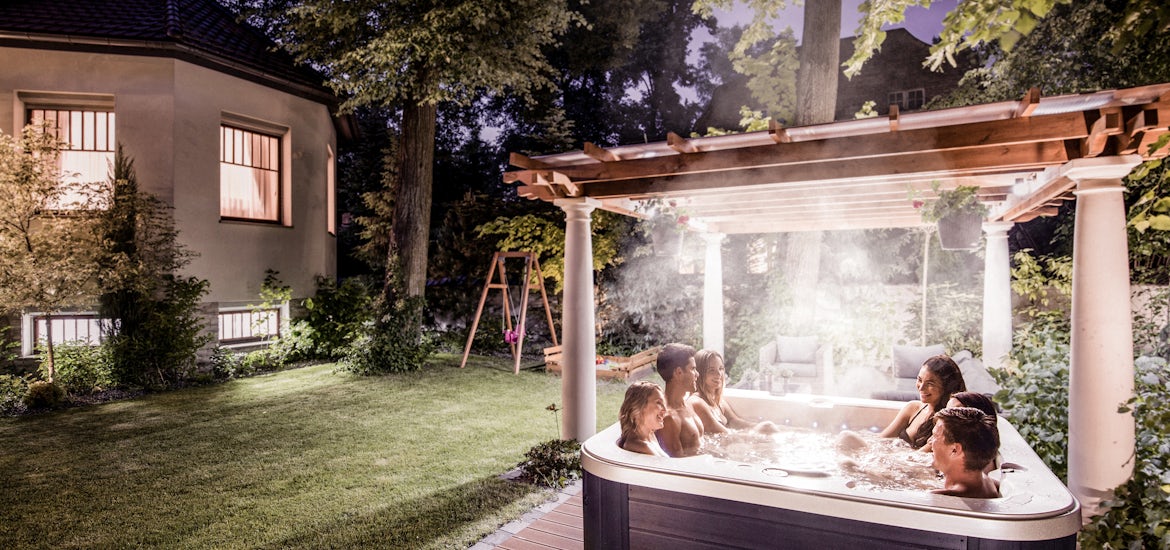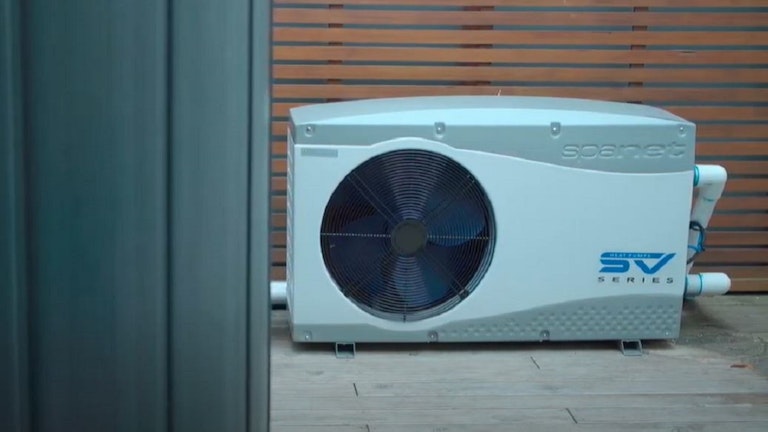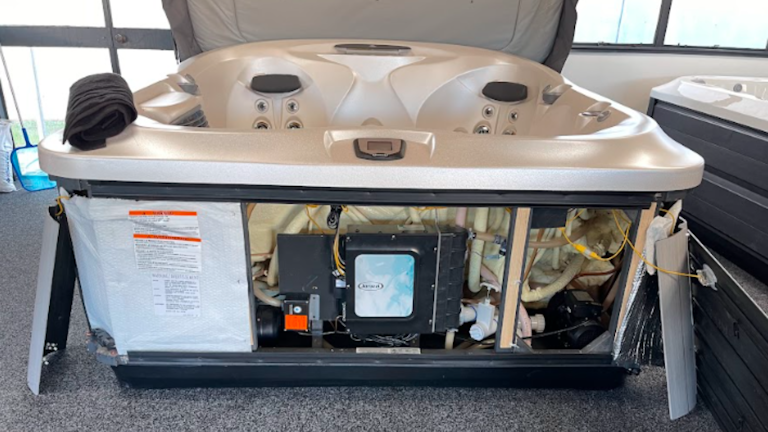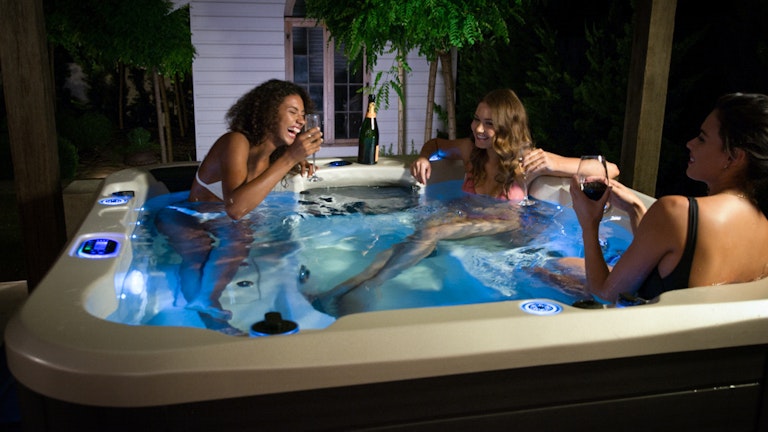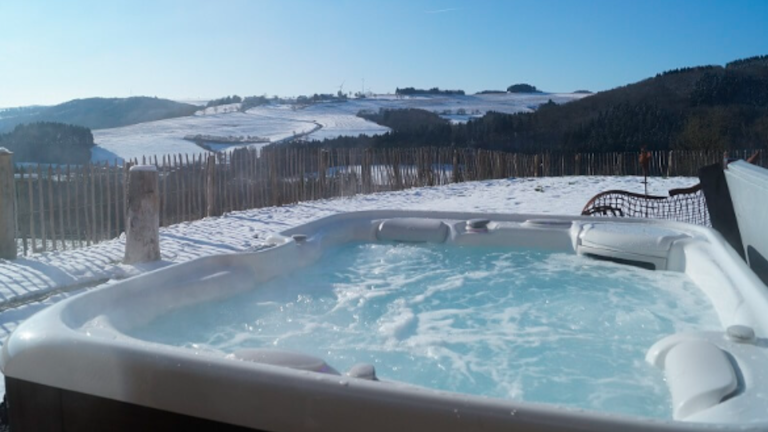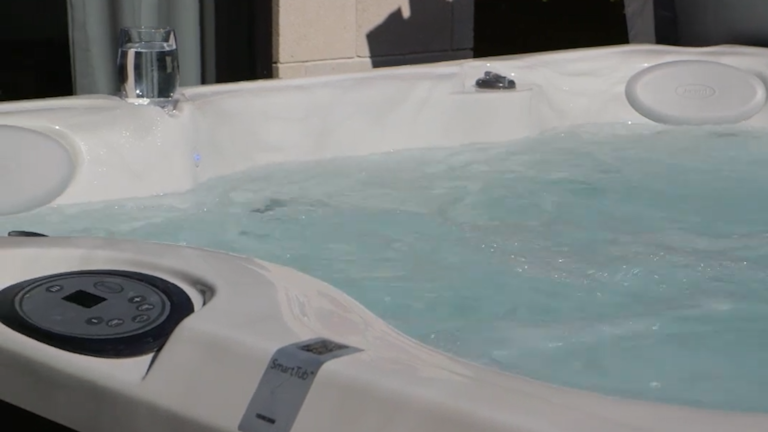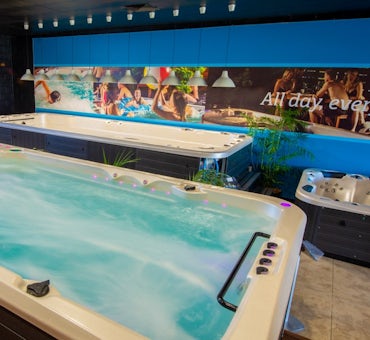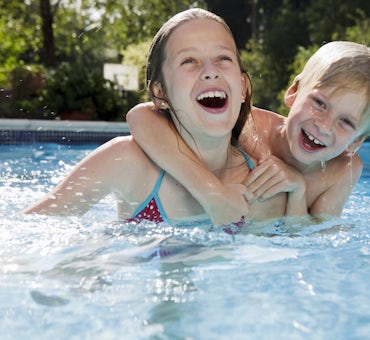On a cool evening, there is nothing more relaxing than soaking in the luxuriously warm water of your spa and gazing at the stars! But, if your spa water starts cooling down too quickly you can start to feel less cosy and more chilly!
In this article, we will discuss what causes your spa to lose heat and some tips and tricks to help keep your spa pool at the perfect temperature!
This article covers:
